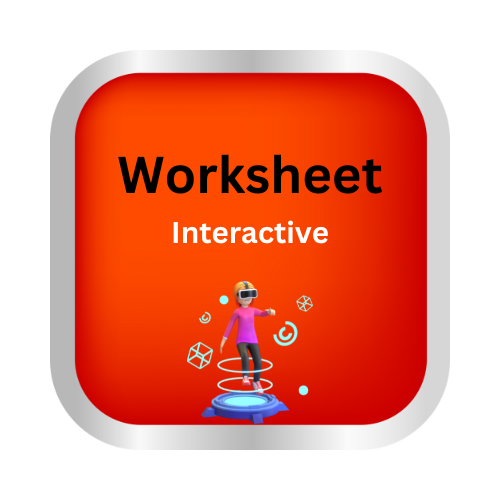Identify main verbs and helping verbs
Key Notes:
🌟 Identify Main Verbs & Helping Verbs 🌟
| What is a Verb? |
A verb is a word that shows action or state of being.
- Example: 🏃♂️ run, 🎨 paint, 😴 sleep, 💖 love
| Main Verbs (Action or Being Verbs) ✨ |
Main verbs tell what someone or something is doing or what is happening.
Examples:
- 🏃♀️ She runs fast. (action)
- 😴 He sleeps early. (action)
- 💖 They love music. (state of being)
Tip: Think of the main verb as the star of the sentence ⭐ – it shows the main action!
| Helping Verbs (Auxiliary Verbs) 🤝 |
Helping verbs help the main verb to show tense, possibility, or mood.
Common helping verbs:
- is, am, are, was, were 🕰️
- has, have, had ✅
- do, does, did 📝
- will, shall ⏩
- can, could, may, might, must 💡
Examples:
- She is running fast. 🏃♀️ (helping verb: is, main verb: running)
- They have eaten lunch. 🍽️ (helping verb: have, main verb: eaten)
- He will play football. ⚽ (helping verb: will, main verb: play)
Tip: Helping verbs are like sidekicks 🦸 – they help the main verb shine!
| How to Identify Them 🔍 |
Find the main action in the sentence → That’s your main verb.
Look for words helping the main verb → Those are helping verbs.
Example:
She is singing beautifully. 🎤
- Main verb: singing
- Helping verb: is
| Quick Check 🏁 |
- Action? → Main verb 🏆
- Helps show tense/possibility? → Helping verb 💪
| Fun Practice ✏️ |
Circle the main verbs in 🔵 and the helping verbs in 🟢:
- He 🟢is 🔵playing football. ⚽
- They 🟢have 🔵finished homework. 📚
- She 🟢will 🔵go to the park. 🌳
Let’s practice!🖊️

